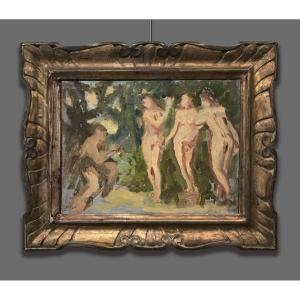Titled and monogrammed on the back
With frame: cm 41 x 50 x 2,5
The youngest son of a family of spice traders, Medard Verburgh was born in 1886 in Roulers. After completing his studies at the small seminary in his hometown, in 1910 we find him frequenting the clubs "La Girafe" and "L’effort", where he becomes friends with Rodolphe Strebelle, Philibert Cockx, Edgard Tytgat. His first works are characterized by a realistic vision that soon gave way, after 1910, to Impressionism. Having also abandoned the latter, his production is oriented towards a more synthetic conception of both form and color. His interests now refer to those of a group of painters gathered under the banner of the “Fauvisme Brabançon” thus coming into contact with Rik Wouters.
After his marriage to Berthe Kestemont in 1919 (his wife will often pose for him), his work is still subject to changes: his attentions now turn towards a new constructive trend, while always maintaining a predisposition to the use of cheerful colors and lively. From 1924 to 1928 Verburgh lived in Ostend, a Flemish city overlooking the North Sea, where he approached artists such as Constant Permeke.
Around 1928-1930, there was a certain return to classicism without however abandoning the warm color and relative freedom of execution. These are the American years of the master: New York with its skyscrapers and his avenues inspire him for the subjects of his paintings. After this overseas stay, the artist returns to Europe, and more precisely to the Balearic Islands: Ibiza, Mallorca and the Mediterranean sun revive his taste for light and color. In 1948 Verburgh returned to Belgium for good, continuing his work and dedicating himself to still life. He died in 1957.
In 1968 two important retrospectives were dedicated to him, respectively at the Gallo-Romeins Museum in Tongeren and at the Musée des Beaux Art in Ixelles.
Museums: New York (Brooklyn Museum)
The painting is in good condition.
For further information do not hesitate to contact us.





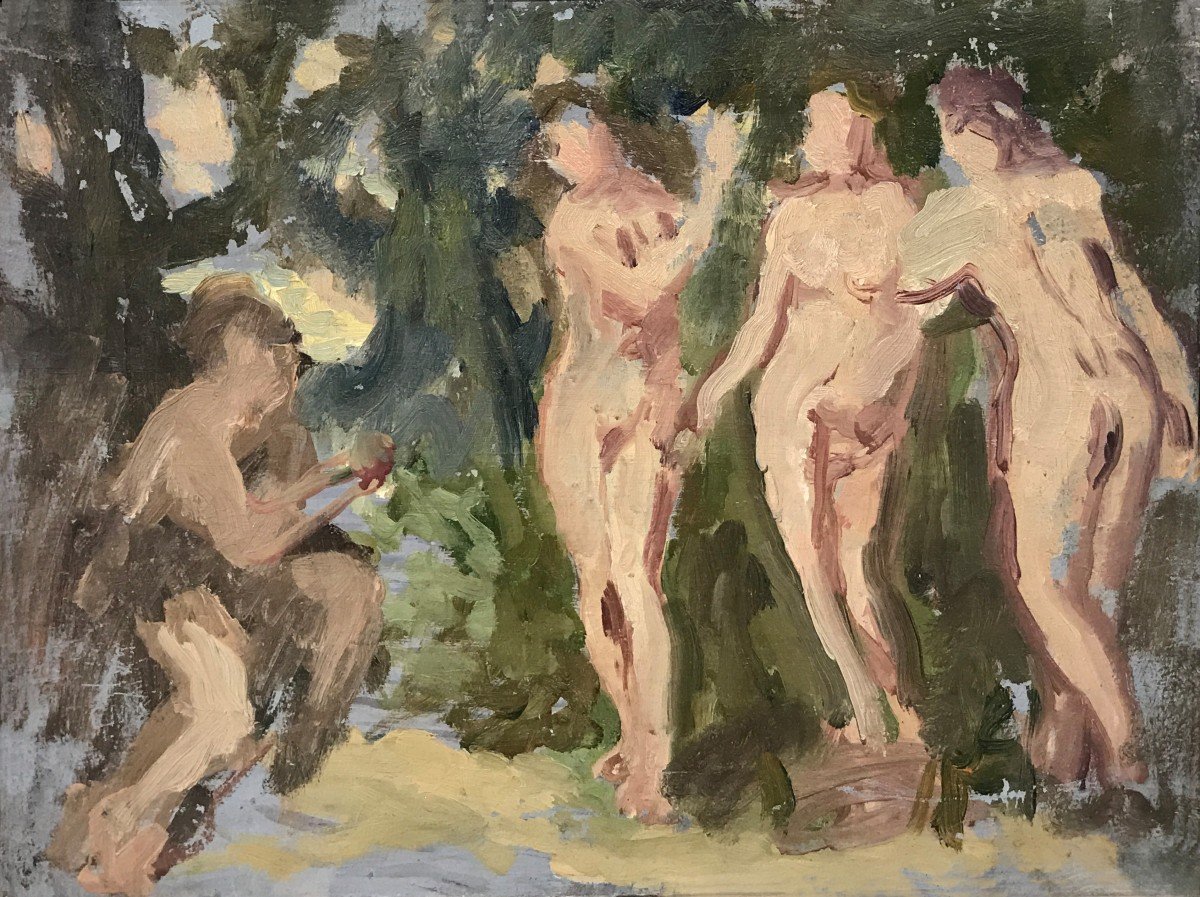
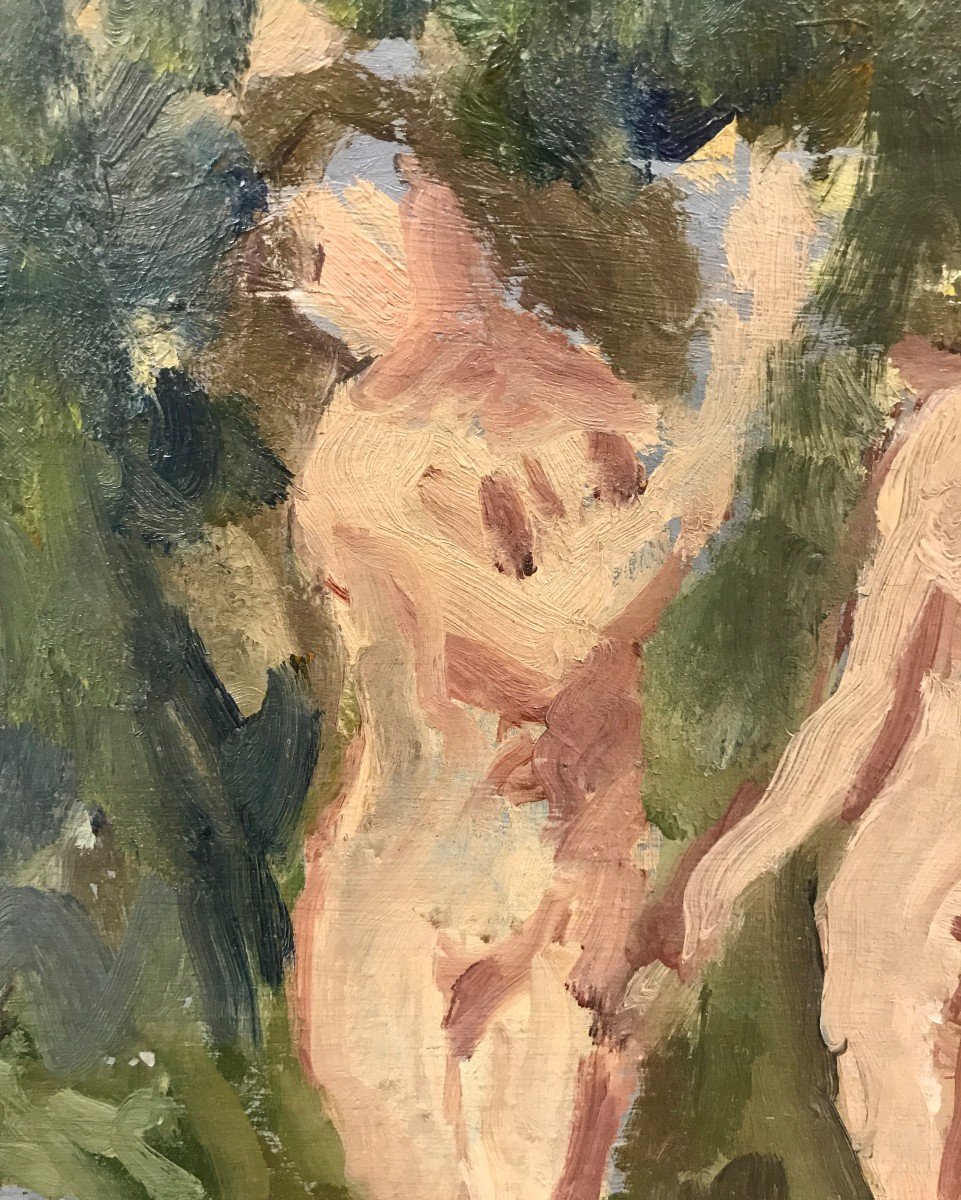
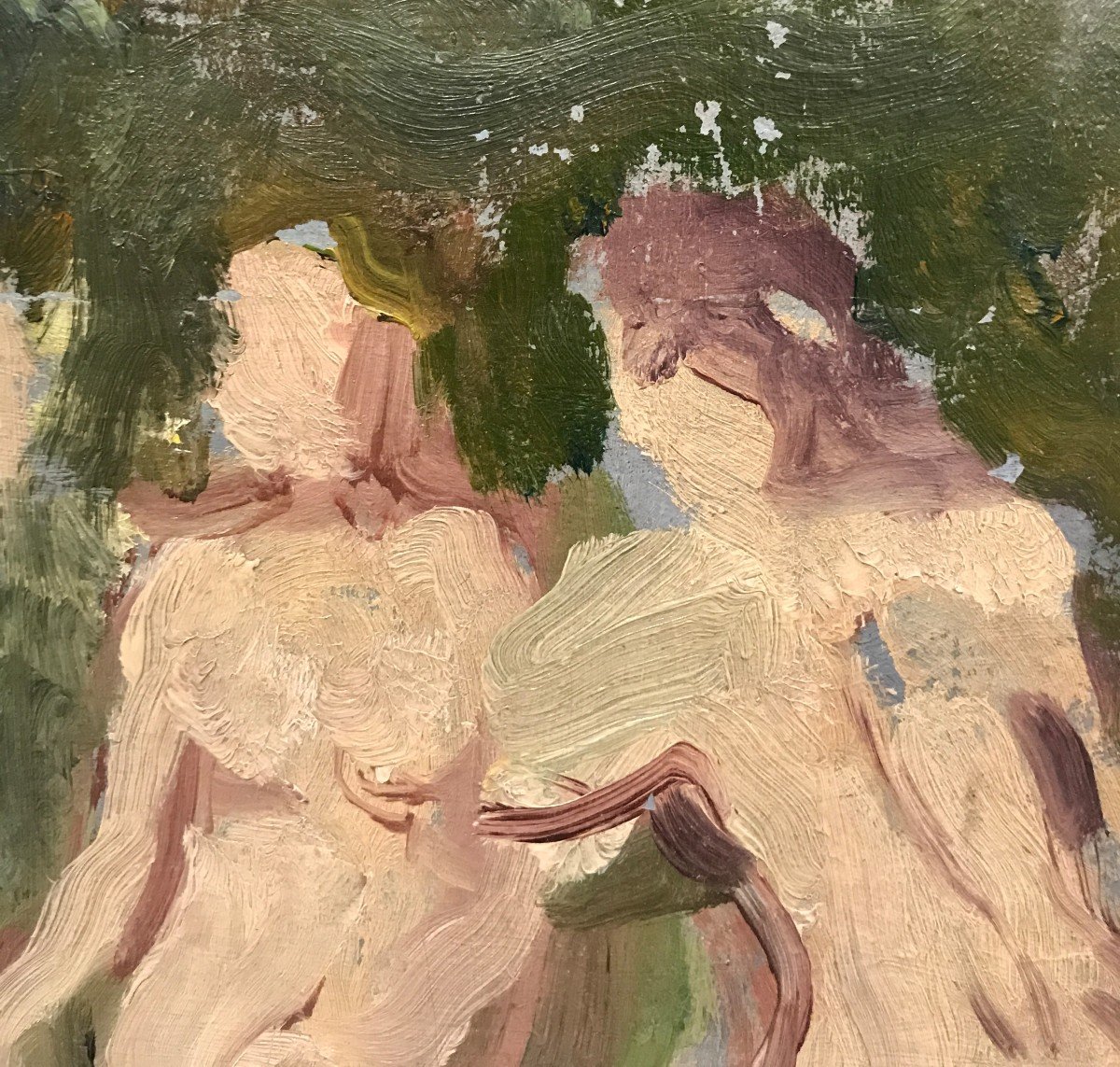
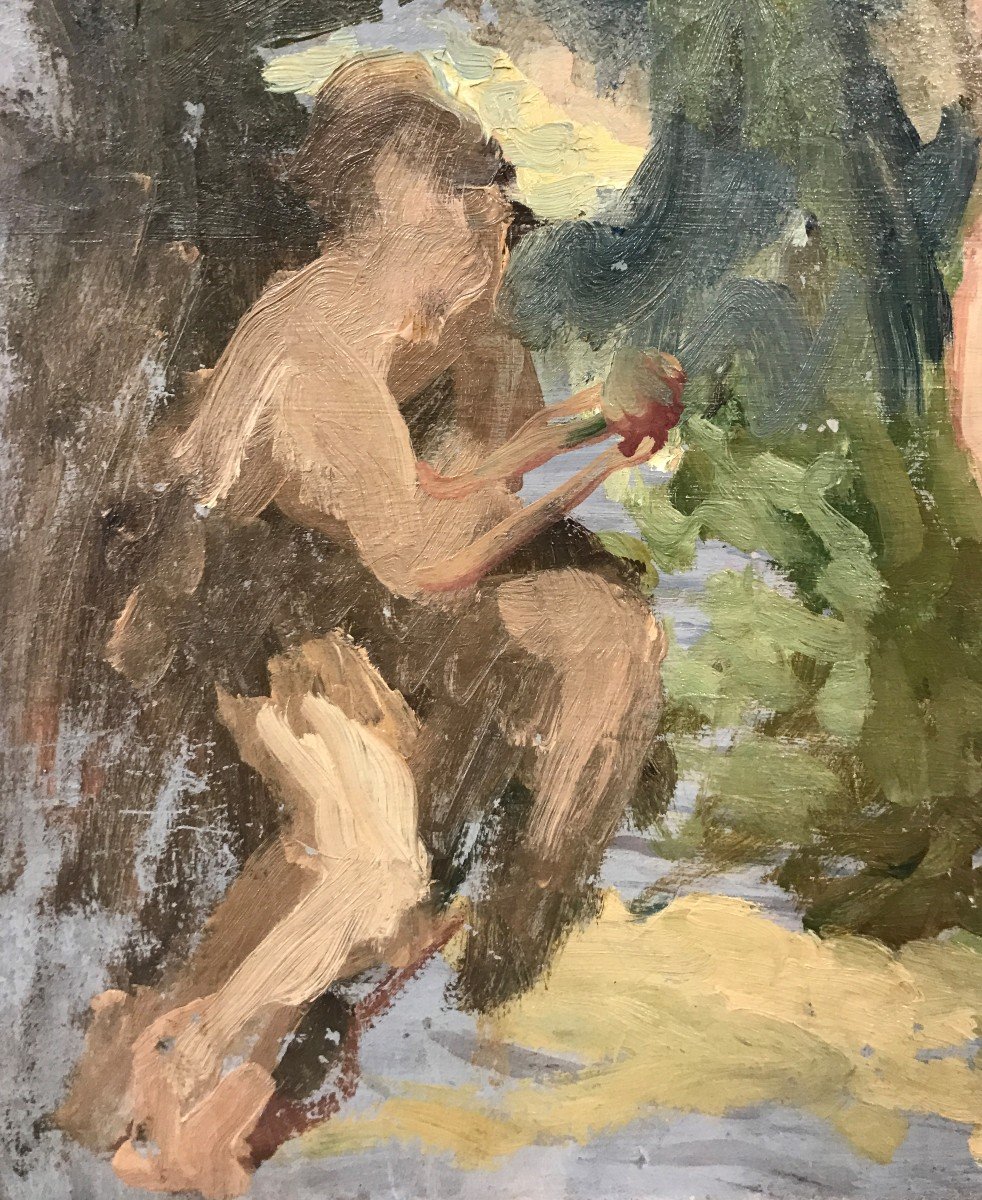

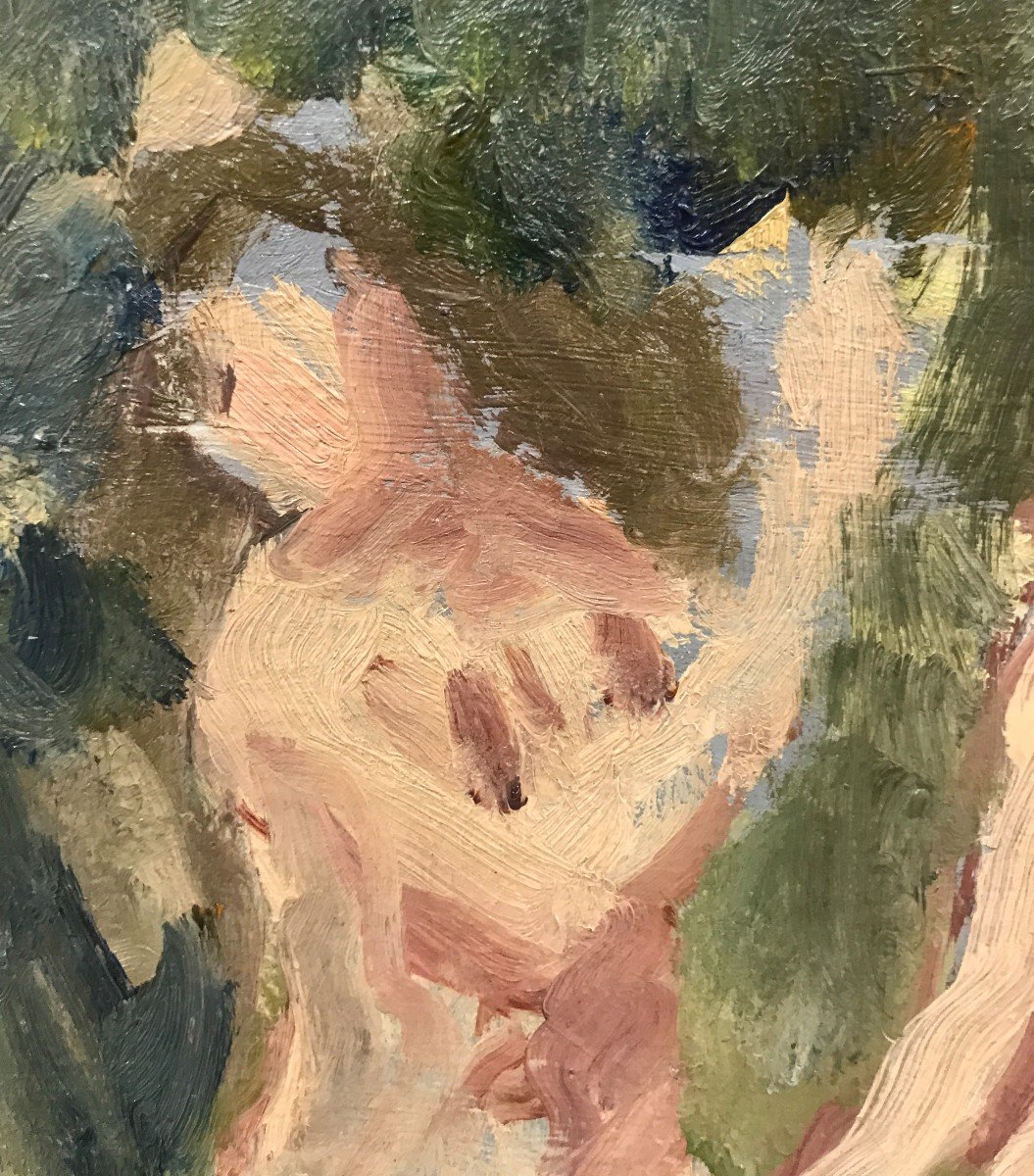
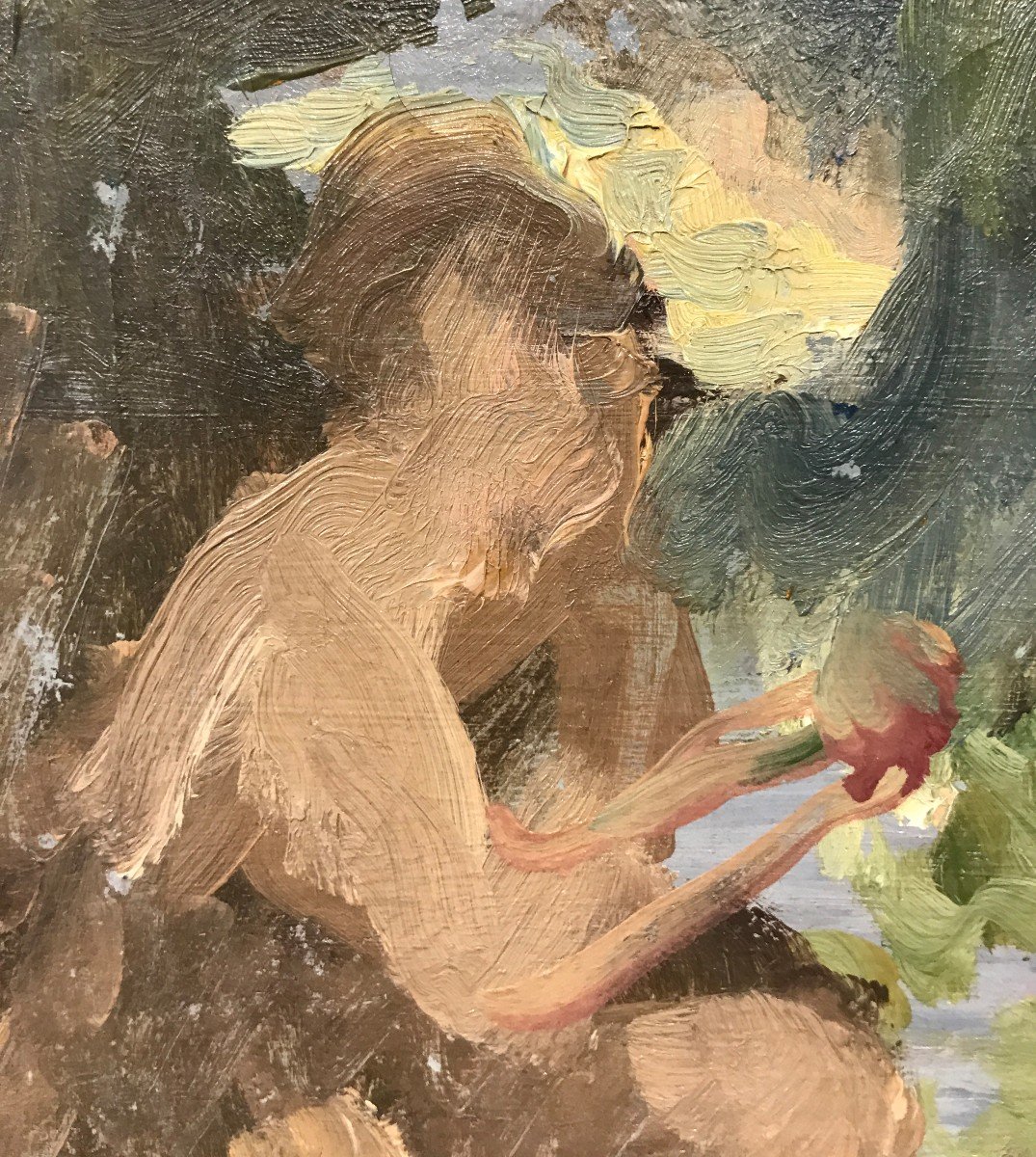

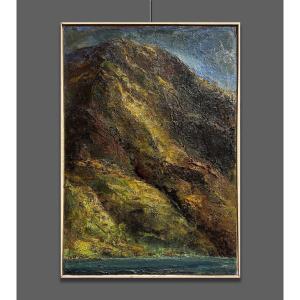





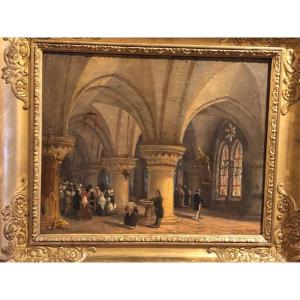

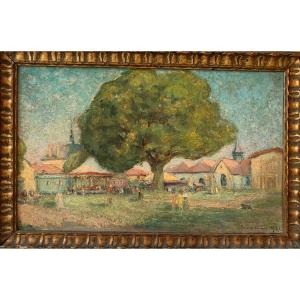






 Le Magazine de PROANTIC
Le Magazine de PROANTIC TRÉSORS Magazine
TRÉSORS Magazine Rivista Artiquariato
Rivista Artiquariato
